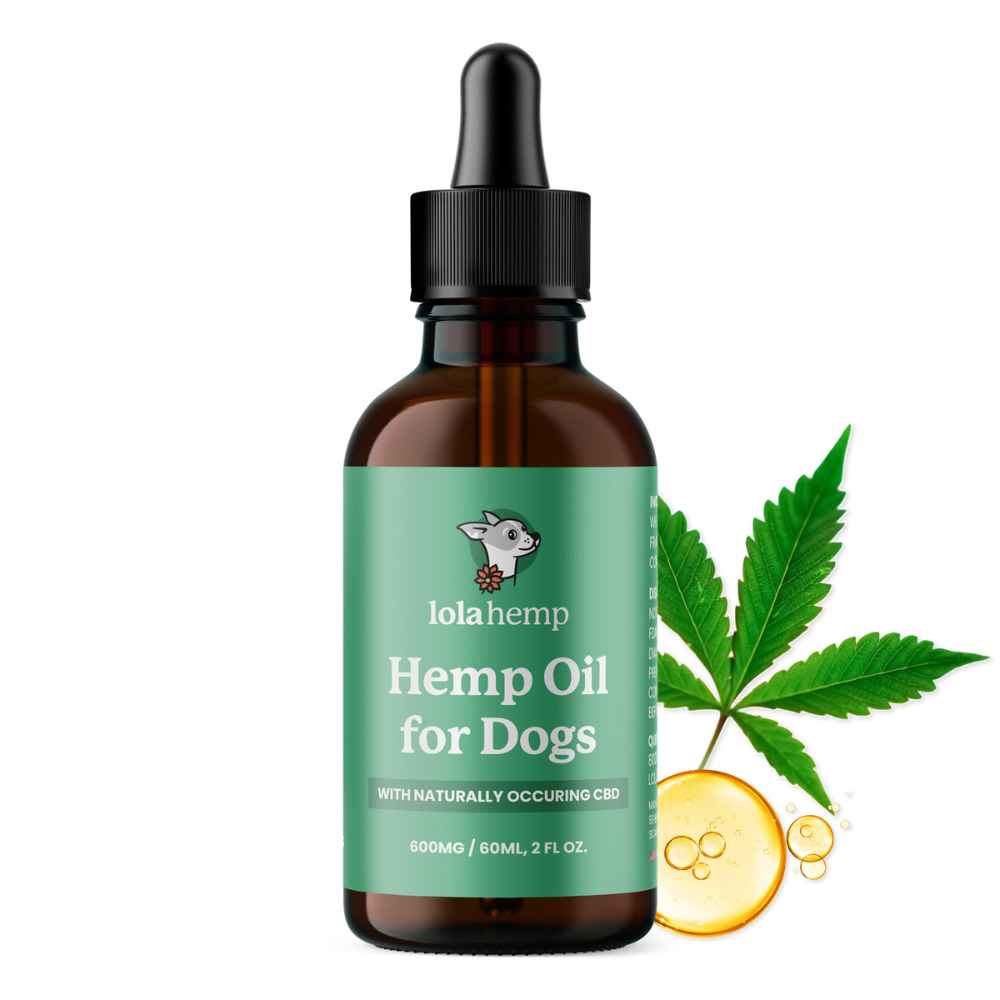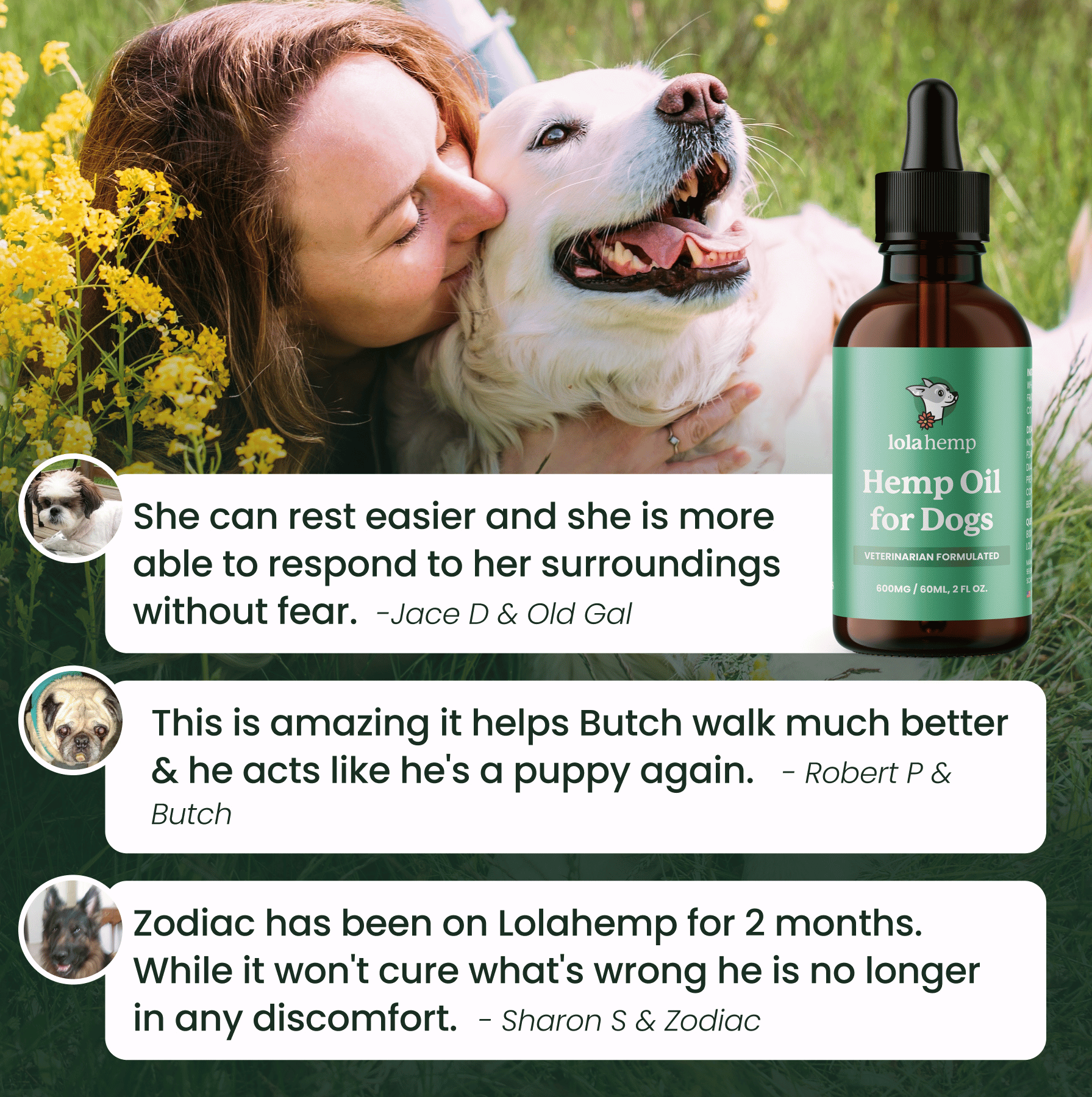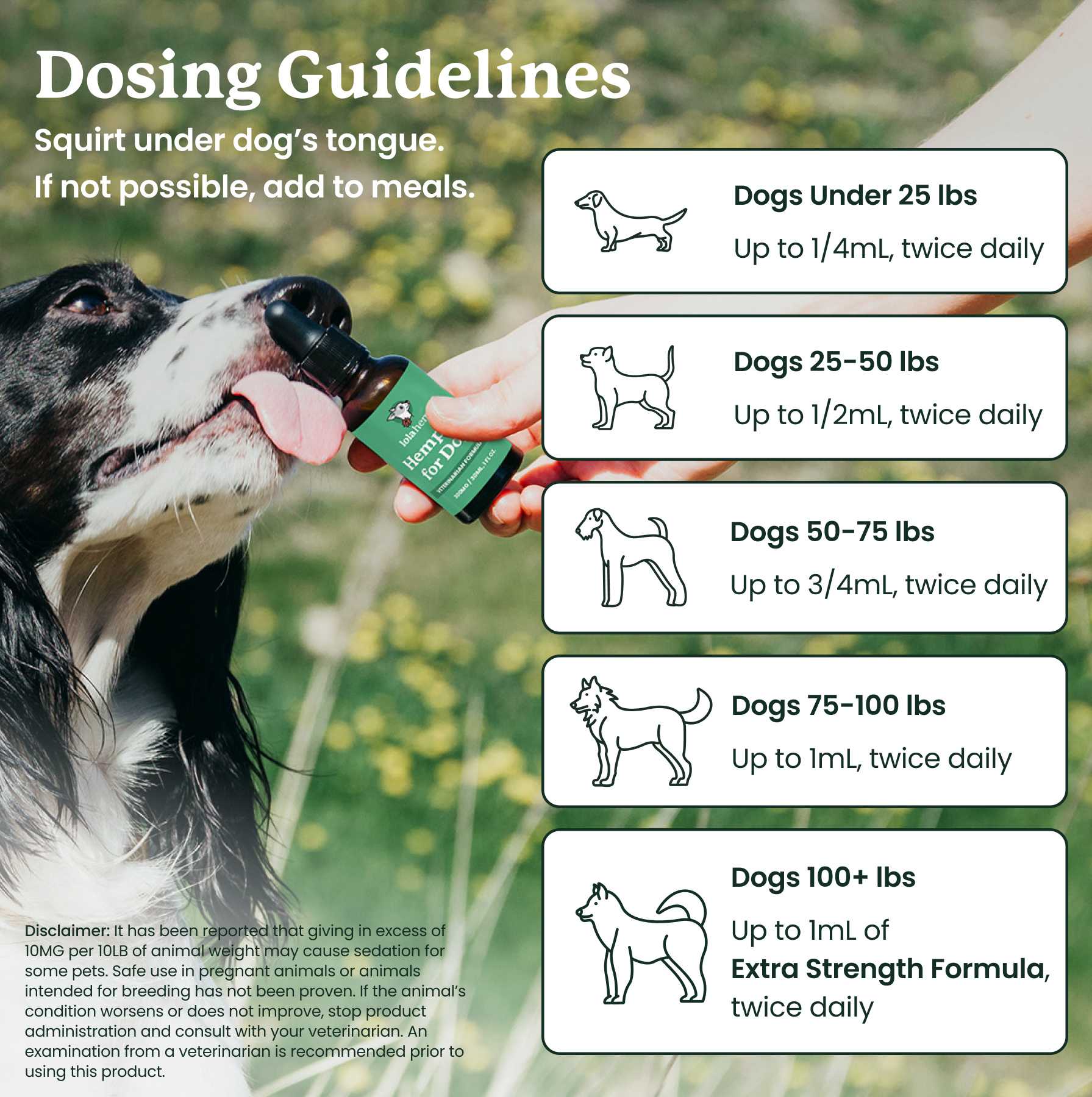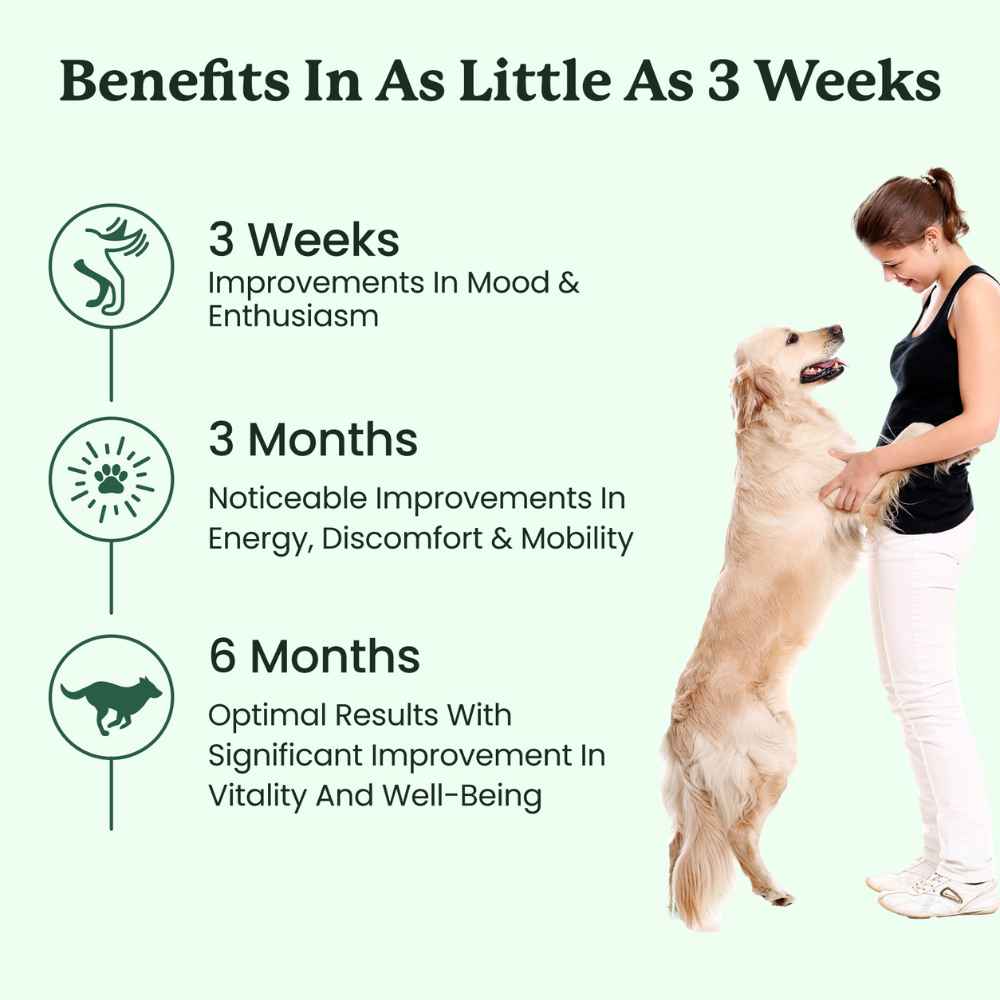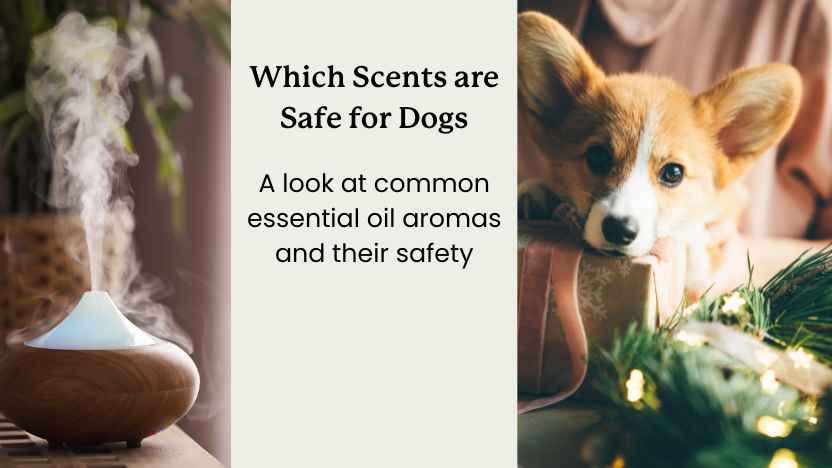It's always stressful to hear your dog chewing on a plant if you're not sure about its safety. Dogs are naturally curious, often exploring their environment by sniffing and tasting new things, including houseplants. While some plants and herbal remedies are safe for dogs, others can be highly toxic, leading to severe health issues.
In this guide, we’ll highlight 10 common toxic houseplants for dogs, their symptoms of poisoning, and tips for keeping your pet safe. If you're a pet owner, knowing which plants to avoid can help prevent unnecessary health risks.
- List of Toxic Plants for Dogs
- 1. Oleander – Highly Toxic to Dogs
- 2. Sago Palm – Extremely Poisonous to Dogs
- 3. Azalea – Toxic to Dogs in Small Amounts
- 4. Dieffenbachia (Dumb Cane) – Dangerous for Dogs
- 5. Lilies – Dangerous for Dogs
- 6. Philodendron – Causes Oral Irritation in Dogs
- 7. Pothos (Devil's Ivy) – Toxic to Dogs
- 8. Autumn Crocus – Highly Toxic to Dogs
- 9. English Ivy – Can Cause Digestive Issues in Dogs
- 10. Chrysanthemums – Toxic to Dogs
- What to Do If Your Dog Eats a Toxic Plant
- Final Thoughts
- Frequently Asked Questions About Toxic Plants for Dogs
List of Toxic Plants for Dogs
The following houseplants are frequently found in homes and gardens but pose significant health risks to dogs if ingested. Keep these plants out of reach or avoid having them in homes with pets.
1. Oleander – Highly Toxic to Dogs
Oleander (Nerium oleander) is a popular ornamental shrub known for its vibrant flowers, but it is one of the most toxic plants for dogs. All parts of the plant—including leaves, flowers, and stems—contain cardiac glycosides, which can lead to severe heart arrhythmias, vomiting, diarrhea, and even death.
- Toxic component: Cardiac glycosides
- Symptoms: Lethargy, drooling, irregular heartbeat, tremors, vomiting
- Severity: Life-threatening; seek immediate veterinary attention
2. Sago Palm – Extremely Poisonous to Dogs
The Sago palm (Cycas revoluta) is highly toxic to dogs, particularly the seeds (nuts). It contains cycasin, a toxin that can cause liver failure even in small amounts.
- Toxic component: Cycasin
- Symptoms: Vomiting, diarrhea, jaundice, seizures, liver damage
- Severity: Fatal if untreated; requires emergency vet care
3. Azalea – Toxic to Dogs in Small Amounts
Azaleas (Rhododendron species) contain grayanotoxins, which affect the nervous and cardiovascular systems in dogs.
- Toxic component: Grayanotoxins
- Symptoms: Vomiting, diarrhea, drooling, weakness, coma
- Severity: Severe; seek veterinary help
4. Dieffenbachia (Dumb Cane) – Dangerous for Dogs
Dieffenbachia contains calcium oxalate crystals, which cause immediate oral irritation, burning, and swelling when chewed by dogs.
- Toxic component: Calcium oxalate crystals
- Symptoms: Oral pain, drooling, difficulty swallowing, vomiting
- Severity: Moderate; usually resolves with supportive care
5. Lilies – Dangerous for Dogs
Some types of lilies (Lilium and Hemerocallis species) are highly toxic to dogs, leading to kidney failure and other serious issues.
- Toxic component: Unknown (varies by species)
- Symptoms: Vomiting, loss of appetite, lethargy
- Severity: Potentially fatal; seek immediate veterinary care
6. Philodendron – Causes Oral Irritation in Dogs
Philodendron contains calcium oxalate crystals that cause painful mouth irritation if ingested by dogs.
- Symptoms: Drooling, swelling, difficulty swallowing
- Severity: Mild to moderate
7. Pothos (Devil's Ivy) – Toxic to Dogs
Pothos (Epipremnum aureum) also contains calcium oxalate crystals, leading to oral irritation and stomach upset.
8. Autumn Crocus – Highly Toxic to Dogs
Autumn crocus (Colchicum autumnale) contains colchicine, a potent toxin causing severe vomiting, kidney damage, and organ failure.
9. English Ivy – Can Cause Digestive Issues in Dogs
English ivy (Hedera helix) contains saponins, which can cause nausea, vomiting, and diarrhea in dogs.
10. Chrysanthemums – Toxic to Dogs
Chrysanthemums (Chrysanthemum species) contain pyrethrins, which can cause drooling, tremors, and vomiting in dogs.
What to Do If Your Dog Eats a Toxic Plant
If your dog consumes an unfamiliar plant, don’t panic, but take action:
- Identify the plant: Determine which plant your dog ingested.
- Look for symptoms: Monitor for vomiting, diarrhea, or lethargy.
- Call your vet: If symptoms appear or you suspect poisoning, contact your veterinarian immediately.
Final Thoughts
There are hundreds of plants that could be toxic to dogs, so it's always important to research before bringing new plants into your home. Keeping toxic plants out of reach and choosing pet-safe plants will help protect your furry friend.
Frequently Asked Questions About Toxic Plants for Dogs
1. What are the most toxic plants for dogs?
Oleander, sago palm, lilies, and azaleas are among the most dangerous plants for dogs. Even small amounts can cause severe or fatal reactions.
2. What symptoms indicate my dog ate a poisonous plant?
Common signs include vomiting, drooling, lethargy, diarrhea, tremors, and irregular heartbeat. Seek immediate veterinary care if symptoms appear.
3. What should I do if my dog eats a toxic plant?
Identify the plant, call your veterinarian, and provide details about how much your dog may have eaten. Do not induce vomiting unless directed by your vet.
4. Are all houseplants dangerous for dogs?
No. Many houseplants are safe, but it’s important to research before bringing new ones home. Avoid those listed as toxic by reputable veterinary sources.
5. How can I prevent plant poisoning in dogs?
Keep houseplants out of reach, supervise outdoor play, and train your dog not to chew on plants. Choose dog-safe varieties whenever possible.

